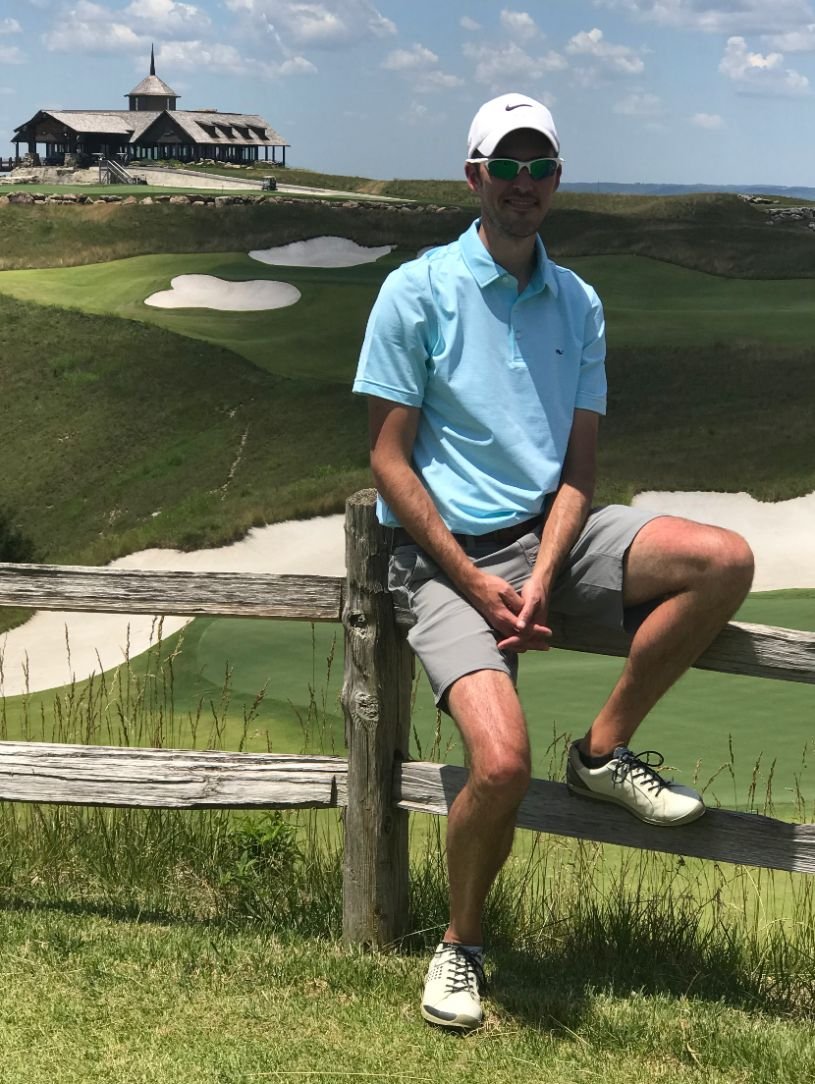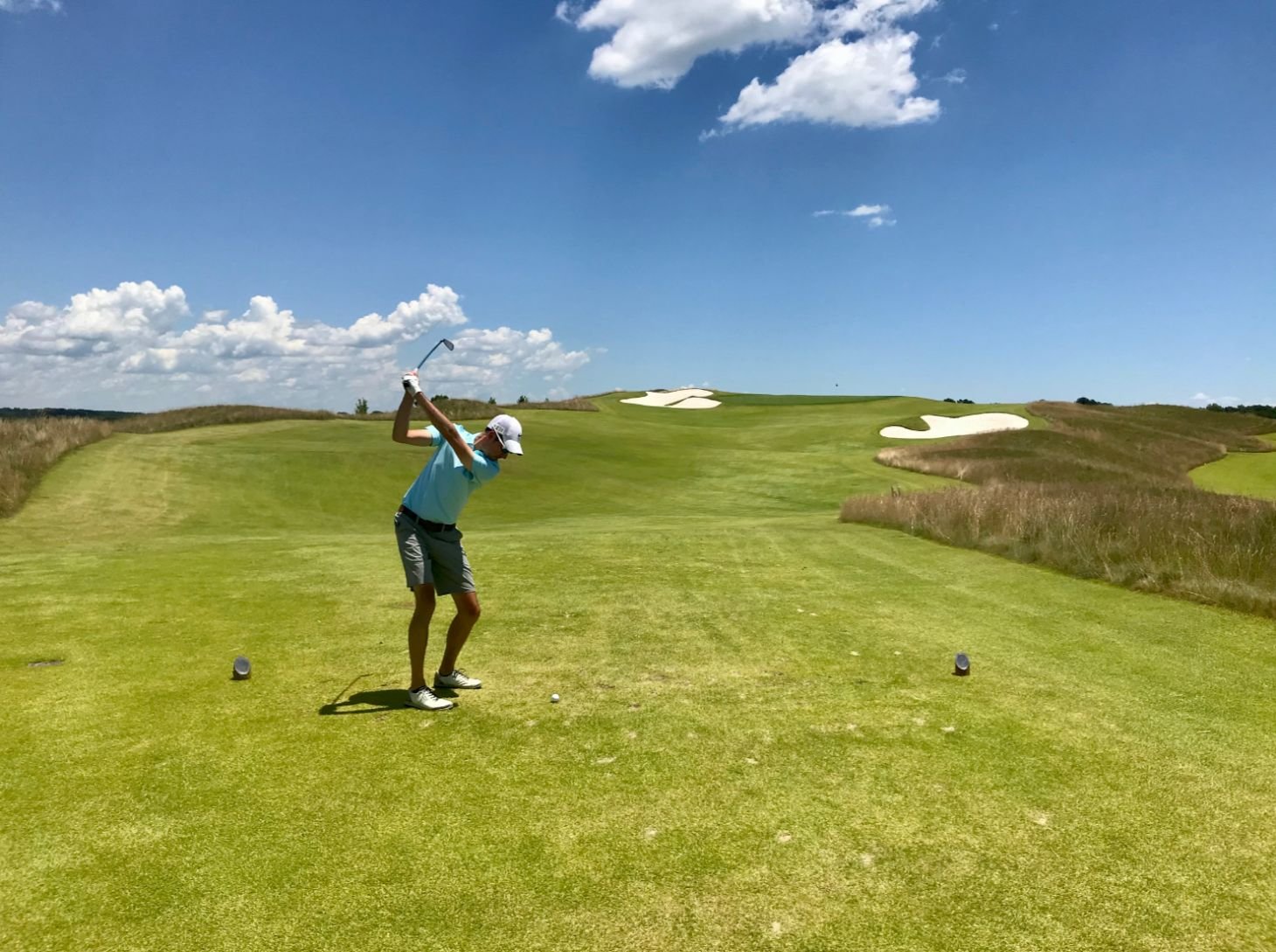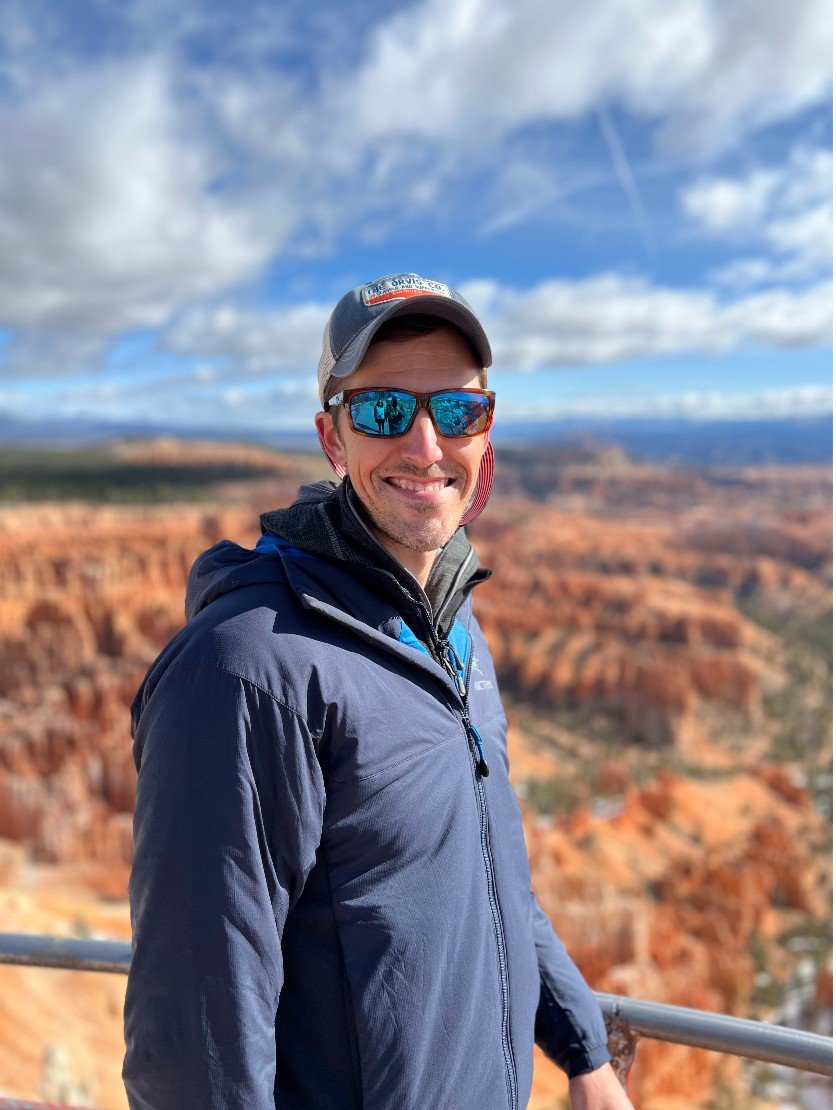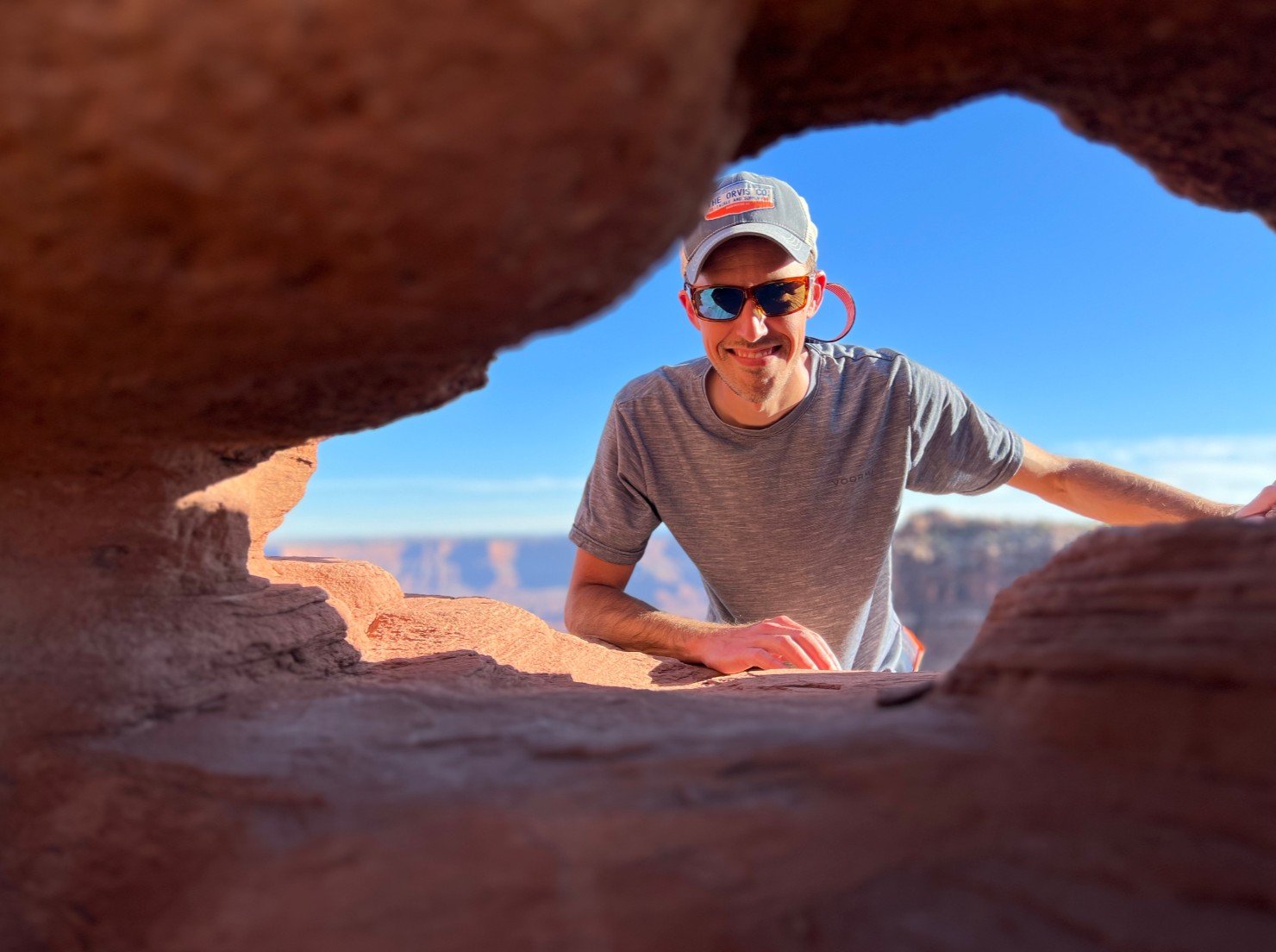Bio
Joshua Wideman DC, MS
From Fixer to Guide: How Uncertainty Became My Superpower
When I graduated as a chiropractor in 2013, I believed my job was to “fix” people. Armed with anatomy charts and treatment protocols, I approached the body like a machine—if I adjusted the right part, pain would disappear. However, patients weren’t machines. A marathon runner would improve, then regress. A CEO’s back pain would vanish, only to return under stress. The harder I tried to be Batman—the hero with all the answers—the more I felt like I was failing.
Everything changed when I joined Dr. Craig Liebenson. He didn’t care about my textbook answers. Instead, he’d ask, “What’s this patient’s story? What do they need to do in their life that they can’t?” Working with Navy SEALs and pro athletes, I saw the cost of rigidity. These weren’t people who’d settle for “take it easy.” They needed to fly helicopters, swim laps, or swing clubs at 120mph—and my job was to help them adapt, not just heal.
One day, a PGA Tour pro told me, “Doc, if you pretend to know everything, I can’t trust you.” So I stopped pretending. I started saying, “Let’s figure this out together,” and something magical happened: patients leaned in. They asked questions. They experimented. And they got better—not just physically, but with a confidence that outlasted their treatment.
Now, I don’t “fix” people. I help them rewrite their stories. A golfer’s chronic back pain becomes a lesson in rotational strength. A parent’s stiffness transforms into a journey of rediscovering play. In my clinic, you’ll find kettlebells beside adjusting tables, red/infrared light panels next to spinal models, and patients smiling as they achieve a deadlift they believed they’d never do again.
I’m still a chiropractor, but these days, I’m more like Alfred: the guy in the background equipping heroes to save themselves. The best part of my job isn’t seeing pain disappear—it’s watching someone realize they’re capable of far more than they imagined.




